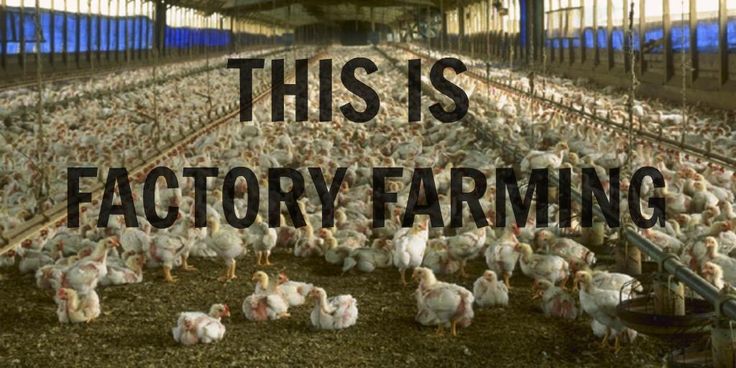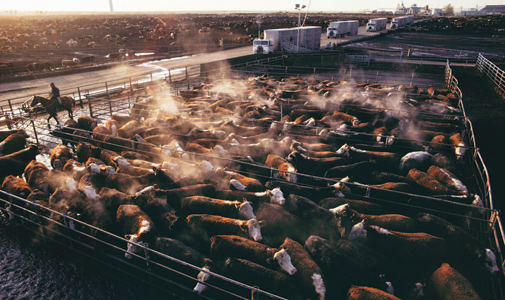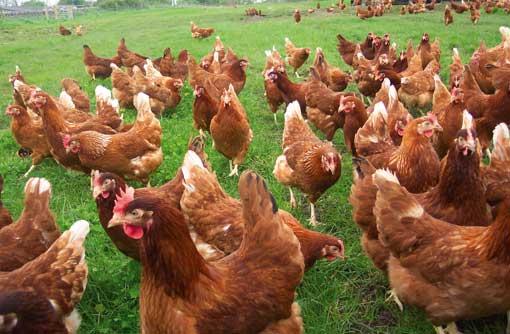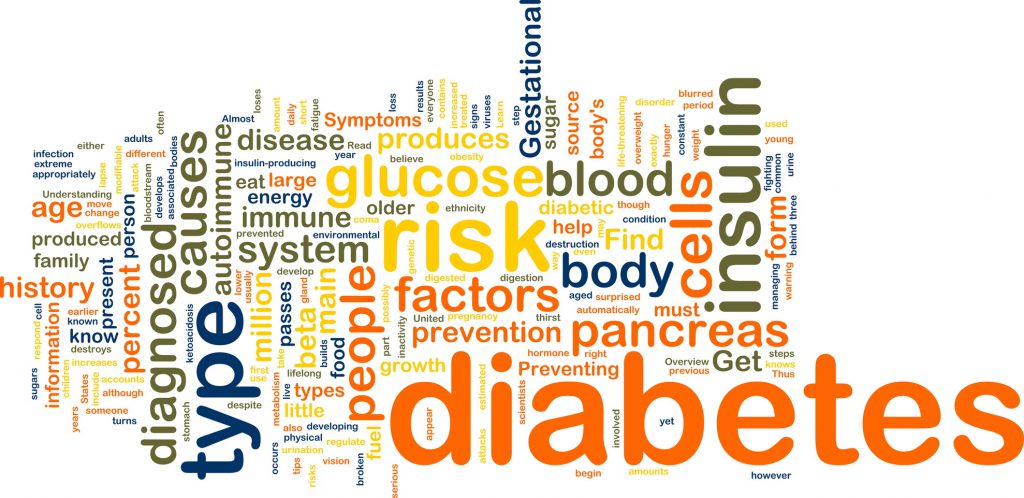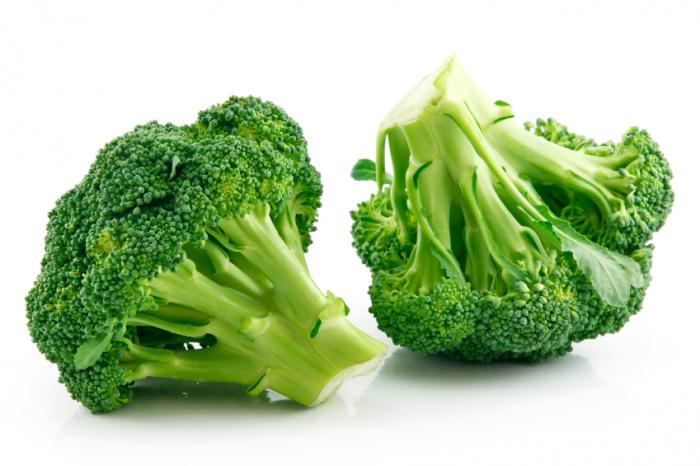
Eating broccoli or broccoli sprouts can have tremendous health benefits and also help reduce your risk for cancer.
Research shows this cruciferous veggie (in the same family as Brussels sprouts, cabbage, cauliflower and more) may reduce your risk for many common diseases, including but not limited to:
- Arthritis
- Cancer – Including Fatty Liver and Liver Cancer
- High blood pressure and heart disease
- Kidney disease
- Diabetes
Broccoli Ingredients
• Fiber, which helps nourish your gut microbiome and strengthen your immune function.
• Sulforaphane, a naturally occurring organic sulfur compound shown to have potent anti-cancer activity.
Studies have shown sulforaphane causes apoptosis (programmed cell death) in colon, prostate, breast and tobacco-induced lung cancer cells. Three servings of broccoli per week may reduce your risk of prostate cancer by more than 60 percent.
Sulforaphane encourages production of enzymes that protect your blood vessels, and reduces the number of molecules that cause cell damage — known as reactive oxygen species (ROS) — by as much as 73 percent.
Sulforaphane is both an immune stimulant and an anti-inflammatory.
Sulforaphane also helps raise testosterone levels, inhibits the retention of body fat, helps detox carcinogens, blocks certain enzymes linked to joint destruction and helps protect your muscles against exercise-induced damage.
Please note that frozen broccoli has diminished ability to produce sulforaphane as the enzyme myrosinase, which converts glucoraphanin to sulforaphane, is quickly destroyed during the blanching process.
• Glucoraphanin, a glucosinolate precursor of sulforaphane that also influences the process of carcinogenesis and mutagenesis. Compared to mature broccoli, broccoli sprouts can contain up to 20 times more glucoraphanin.
• Phenolic compounds, including flavonoids and phenolic acids, which have a potent ability to eliminate damaging free radicals and quell inflammation, resulting in a lower risk for diseases such as asthma, type 2 diabetes and heart disease.
One of the ways phenolic compounds slow the encroachment of disease is by defending against infection, most dramatically by zapping ROS linked to atherosclerosis and neurodegenerative diseases such as Parkinson’s and Alzheimer’s.
• Diindolylmethane (DIM). Your body produces DIM when it breaks down cruciferous vegetables. Like many other broccoli compounds, DIM has shown multiple potential benefits, including boosting your immune system and helping to prevent or treat cancer.
Lightly Steam Broccoli
To get the ultimate benefit from Broccoli, follow these tips:
When you eat raw mature broccoli, you only get about 12 percent of the total sulforaphane content theoretically available based on the parent compound. You can increase this amount and really maximize the cancer-fighting power of broccoli by preparing it properly.
Steaming your broccoli for three to four minutes is ideal. Do not go past five minutes.
Steaming your broccoli spears for three to four minutes will optimize the sulforaphane content by eliminating epithiospecifier protein — a heat-sensitive sulfur-grabbing protein that inactivates sulforaphane — while still retaining the enzyme myrosinase, which converts glucoraphanin to sulforaphane. Without it, you cannot get any sulforaphane.
Boiling or microwaving your broccoli is NOT recommended, as it will destroy a majority of the myrosinase. If you want to boil your broccoli, blanch it in boiling water for no more than 20 to 30 seconds, then immerse it in cold water to stop the cooking process.
Maximize Sulforaphane Content
Research shows that sulforaphane content can be further optimized by adding a myrosinase-containing food to it.
Foods containing this important enzyme include:
- Mustard seed
- Daikon radishes
- Wasabi
- Arugula
- Cole slaw
Summary
Try to get 2-3 helpings of this important food everyday. It has plenty of fiber so will help you feel full and you can change up the flavor by steaming it with the various whole foods above.





